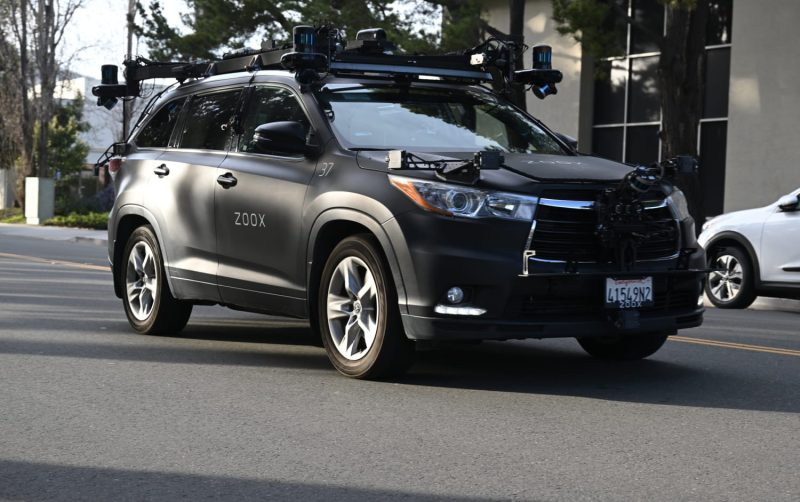The National Highway Traffic Safety Administration (NHTSA) recently launched an investigation into Amazon’s autonomous vehicle startup, Zoox, following two separate crashes involving its robotaxis. The incidents have brought into question the safety and viability of self-driving vehicles in real-world scenarios.
Onlookers are scrutinizing the technology and safety protocols employed by Zoox, with concerns raised about the ability of these autonomous vehicles to navigate complex urban environments without human intervention. The crashes have cast a shadow on the future of autonomous transportation, raising important questions around the accountability and liability in the event of such accidents.
The first crash involved a Zoox vehicle colliding with a stationary object, while the second incident occurred when a Zoox robotaxi failed to yield to oncoming traffic, resulting in a collision. These incidents highlight the challenges faced by self-driving technology in interpreting and responding to dynamic and unpredictable situations on the road.
Critics argue that the rush to deploy autonomous vehicles on public roads has outpaced the necessary testing and development required to ensure their safe operation. The lack of standardized regulations and oversight in the autonomous vehicle industry adds another layer of complexity to the issue, with different companies adopting varying approaches to safety measures.
The NHTSA’s investigation will delve into the circumstances surrounding the two crashes involving Zoox’s robotaxis, examining the technology, algorithms, and decision-making processes that contributed to the accidents. The findings of this investigation could have far-reaching implications for the future of autonomous vehicles and the regulatory framework governing their deployment.
In response to the incidents, Zoox has reiterated its commitment to safety and stated that it will cooperate fully with the NHTSA’s investigation. The company has acknowledged the challenges inherent in developing and testing self-driving technology but remains optimistic about the potential benefits of autonomous vehicles in reducing accidents and improving efficiency on the roads.
As the autonomous vehicle industry continues to evolve and expand, incidents like those involving Zoox serve as important reminders of the complexities and risks associated with relying on artificial intelligence to navigate our cities. The outcomes of the NHTSA’s investigation will shed light on the current state of autonomous vehicle technology and could shape the future development and deployment of self-driving vehicles.



























